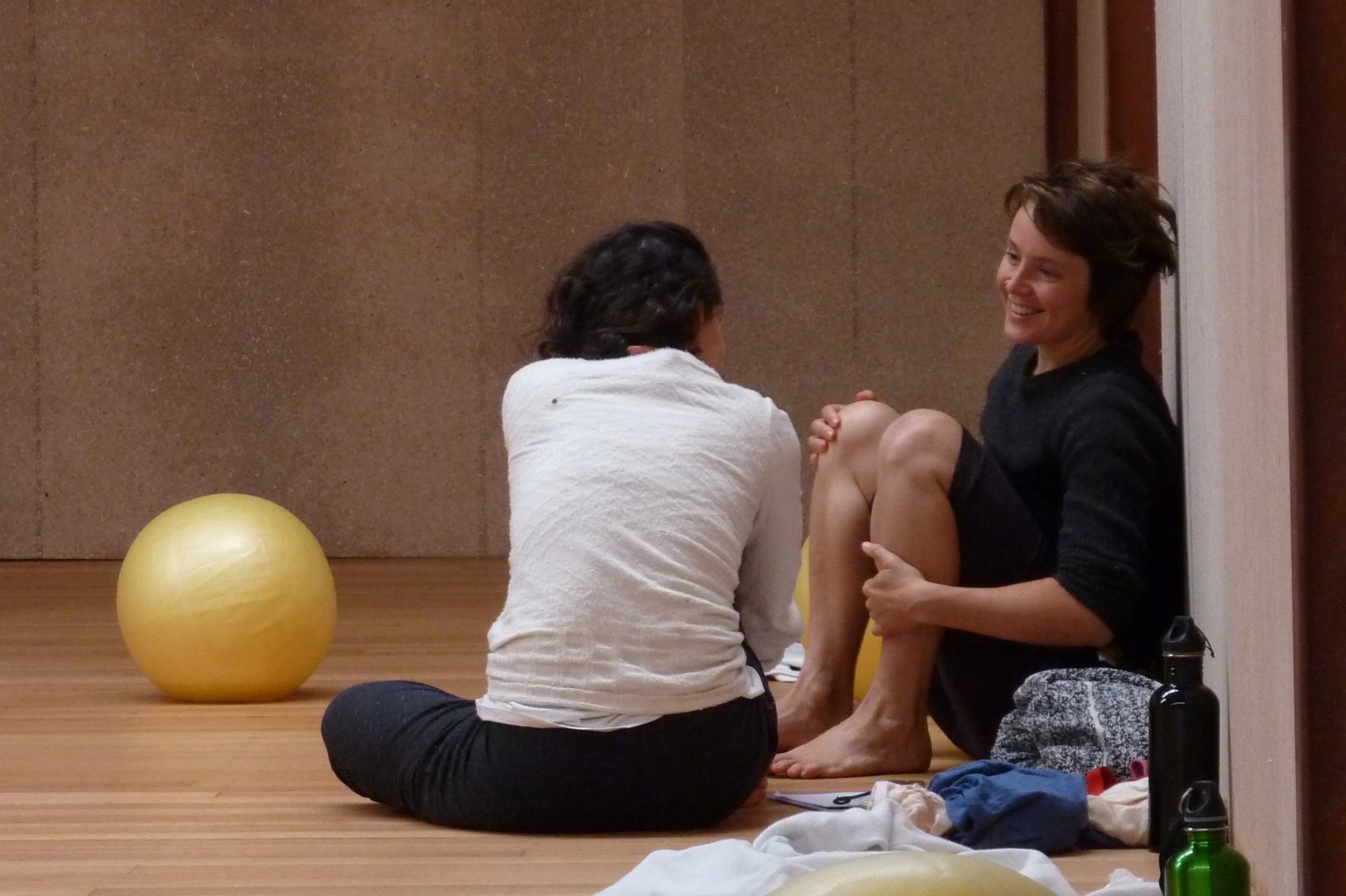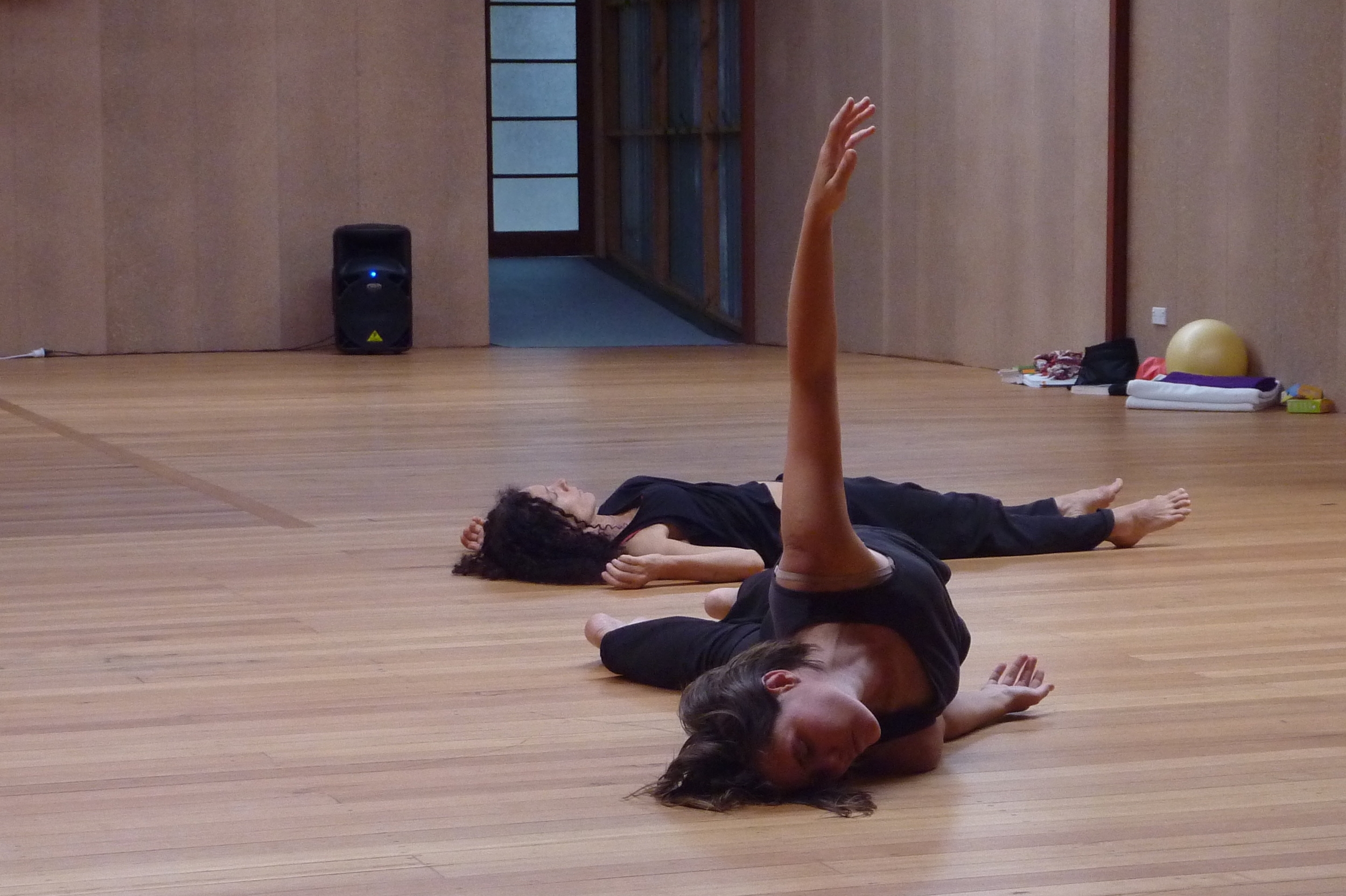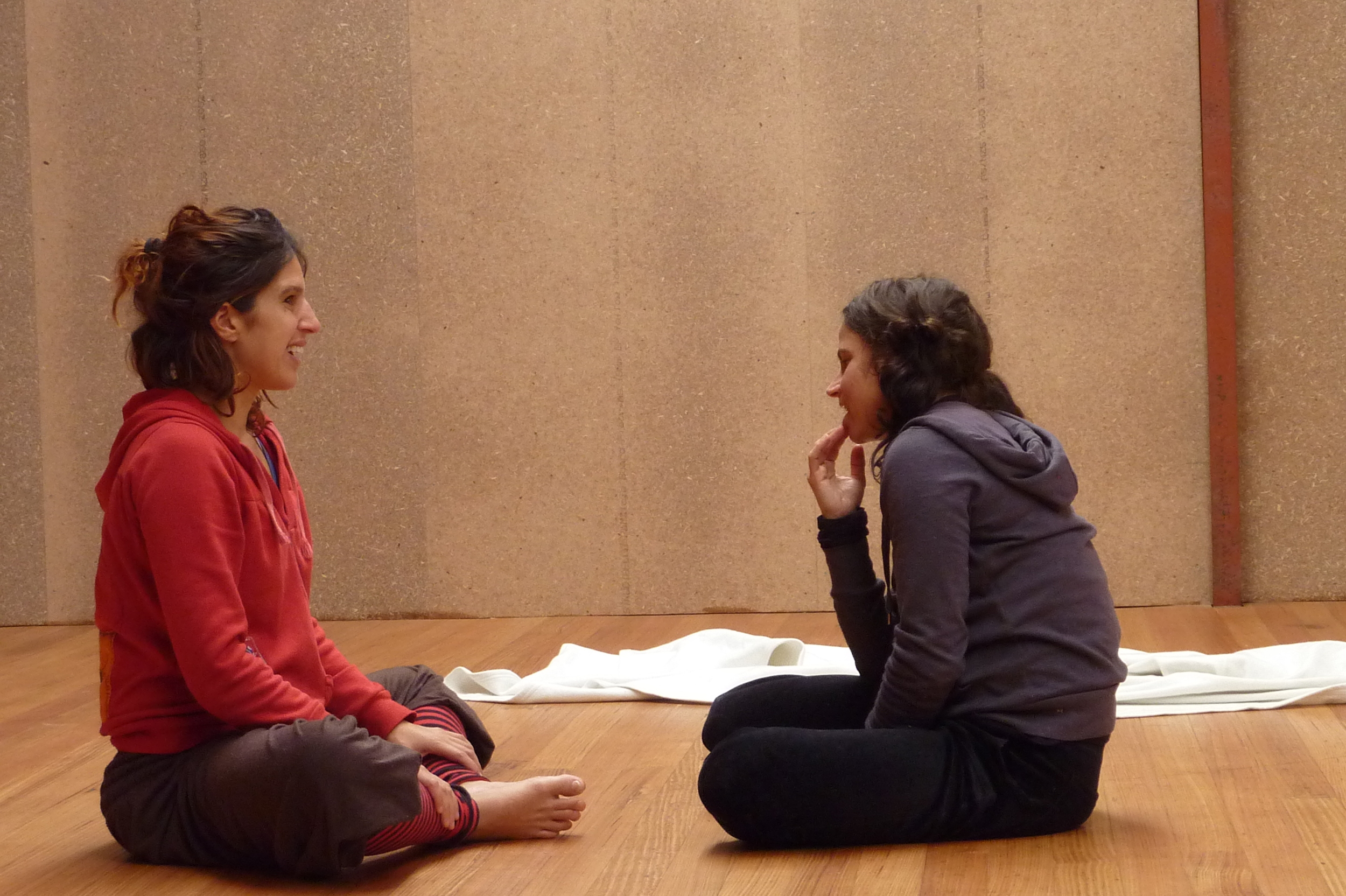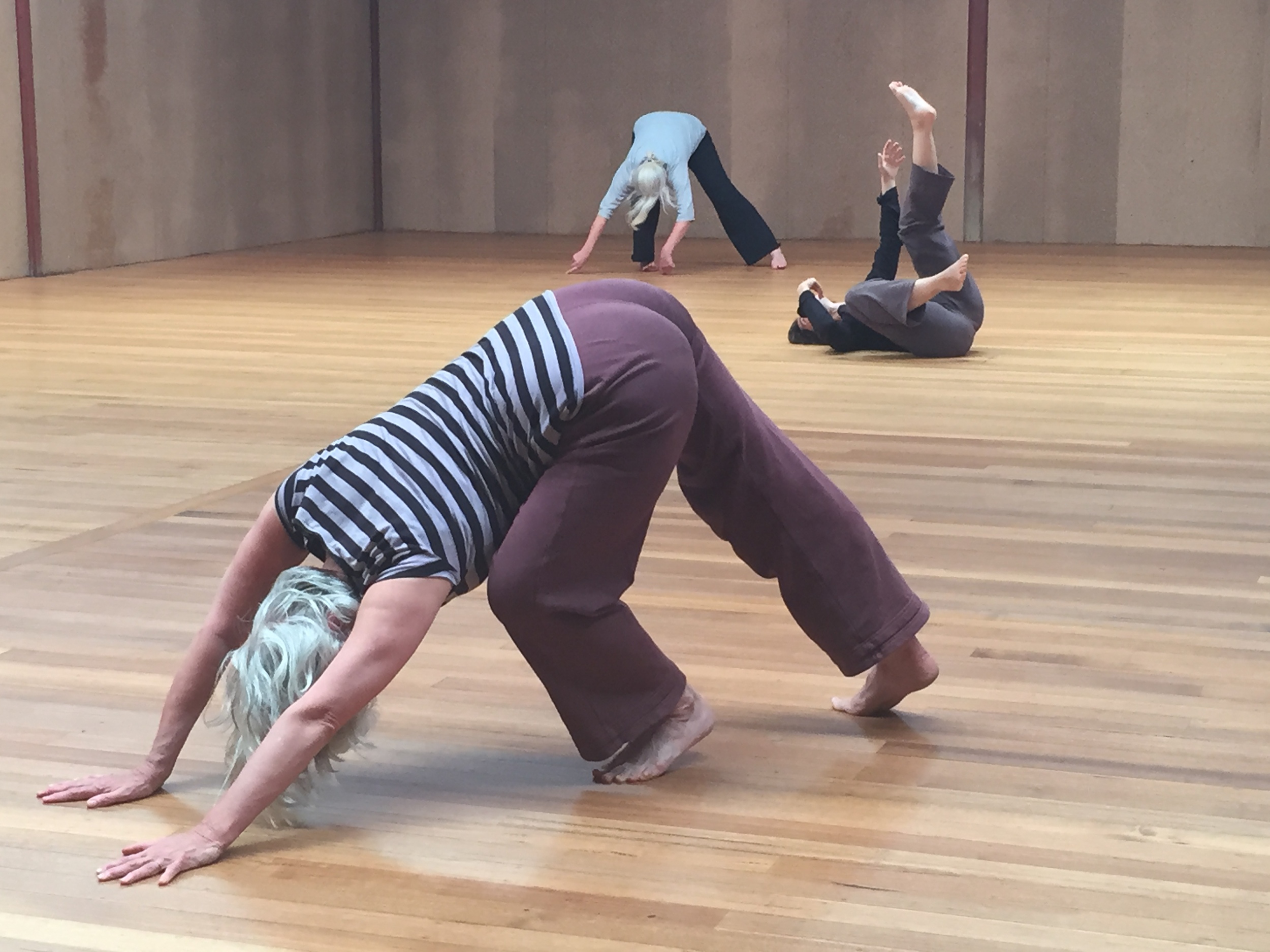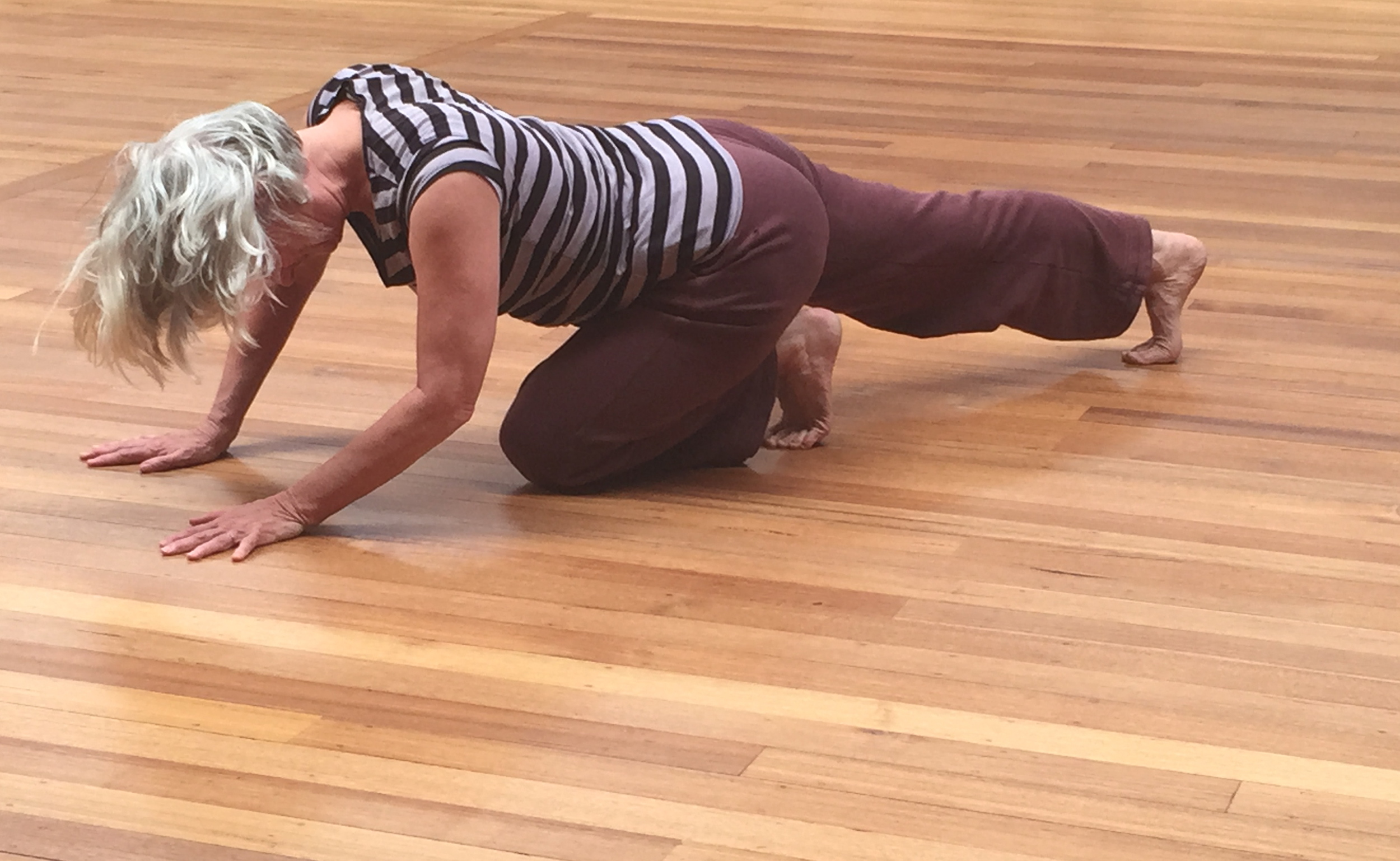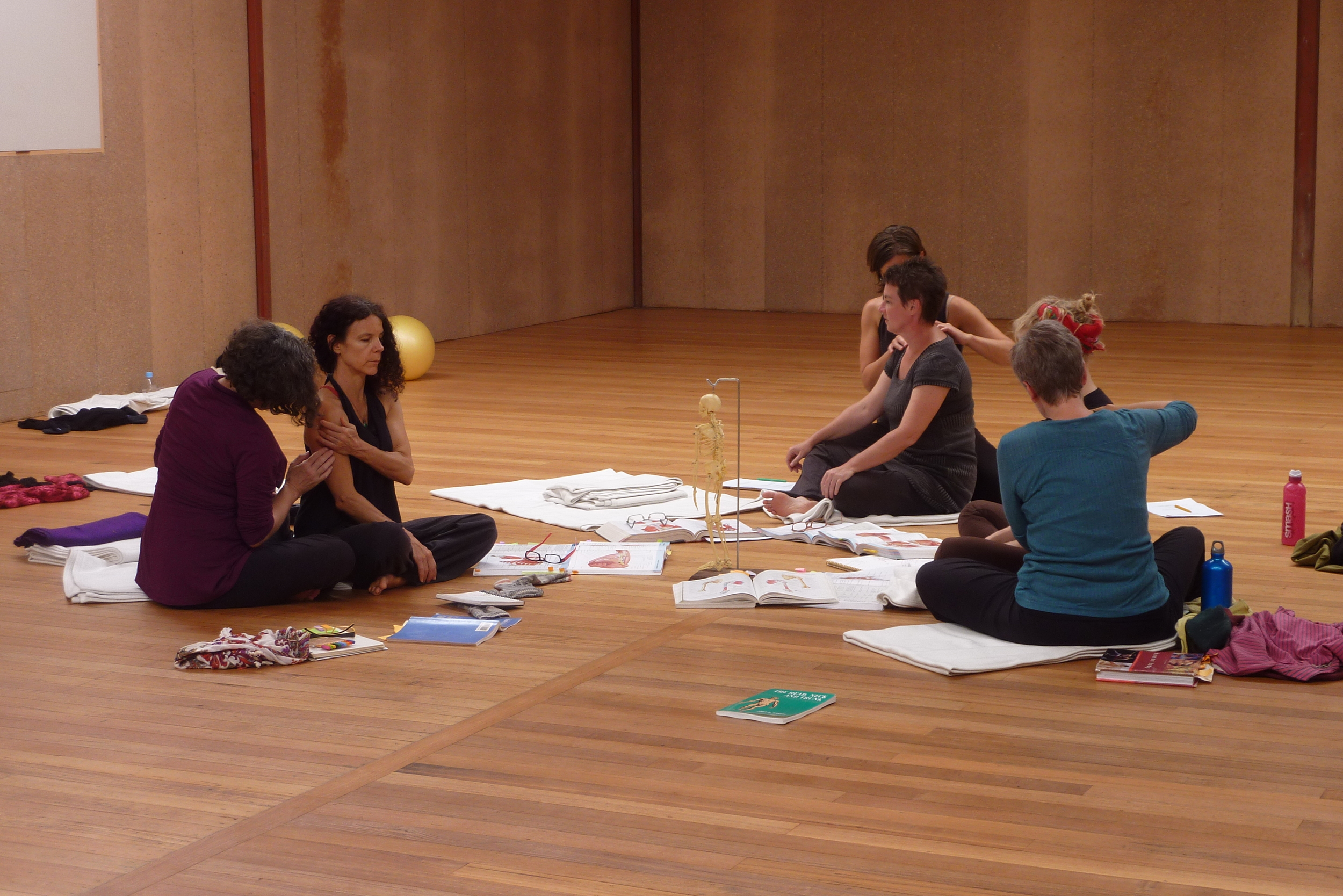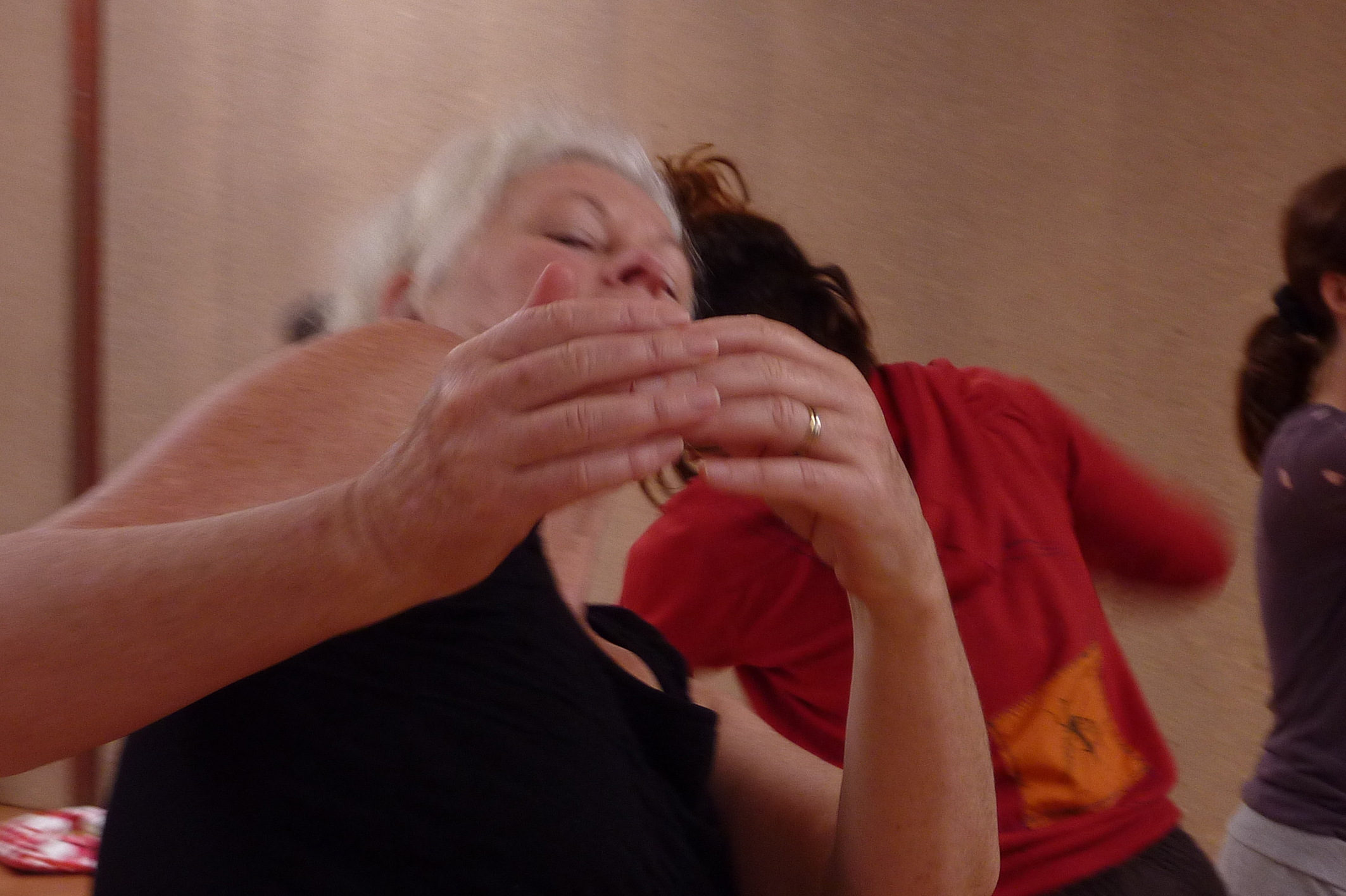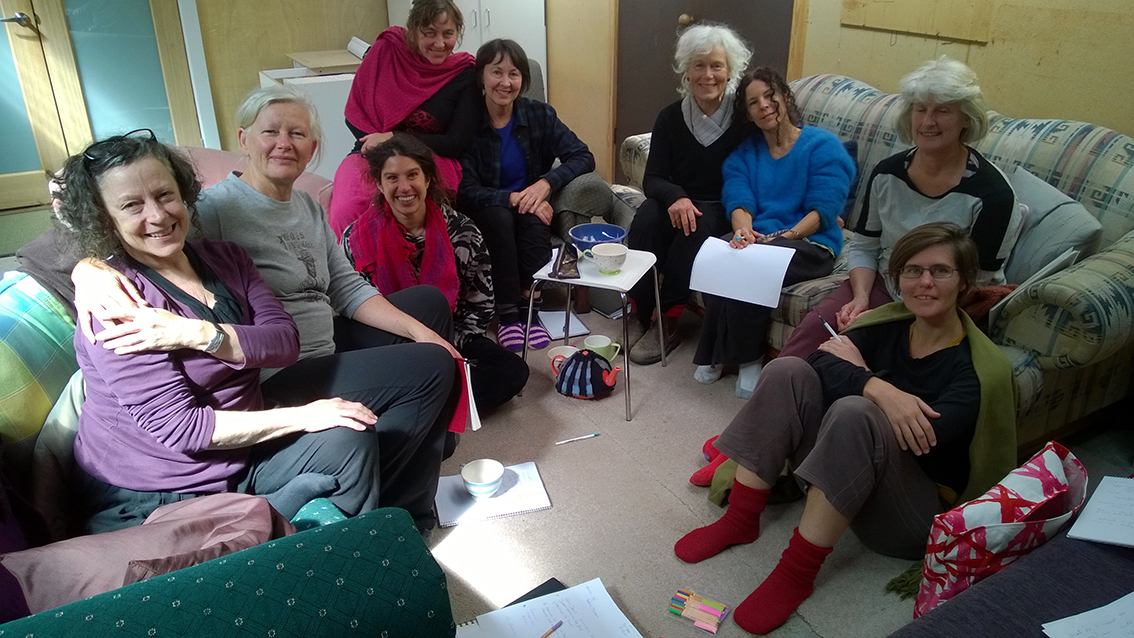Embodiment is not a series of ideas or concepts. It is an experiential practice that engages with the world in a continuous and dynamic conversation.
Alice Cummins
Embodied Philosophy
Somatic practice supports the realization of our originality and potential through self-discovery and engagement with others. The work recognises we are relational beings in a relational world. As understanding and insight develop through the refinement of sensing and feeling, we expand our perception, range of expression and empathic capacity. Through experiential learning we develop appreciation of the inherent pleasure, wisdom and guidance our bodies offers.
Attunement & Practices of Care
Attunement with self and place is central to somatic awareness. The practice is grounded in respect, integrity, and inclusiveness for our diversity and difference.
Somatic Practices
Body-Mind Centering and Authentic Movement are practices based on a philosophy and understanding of mindful embodiment – the integration of kinaesthetic, conceptual and cellular knowing which understands and allows for intelligence to emerge from multiple sources in the bodymind and is not reliant or insistent upon a dominant rational knowing. That knowing is emergent and may be slippery or difficult to ‘hear’ when first practiced. It is a listening to the whole body that does not exclude intuition and feeling but employs them to deepen and enrich understanding. The foundation is the intelligent bodymind from cellular organisation to the integration of the whole organism. This study is valuable for professionals wanting to deepen their understanding, awareness and knowledge of somatic practice and its impact on the whole person in the therapeutic context. The practice begins with a personal embodied process.
Body-Mind Centering® (BMC) is a study of the experienced body in contrast to the objectified body. It is an embodied approach to learning, living and knowledge making. BMC engages the bodymind through the poetics of moving, touch and experiential anatomy, inviting change that is an integration of our physical, psychological, intellectual and imaginative life.
Authentic Movement is a powerful resource for integrating diverse aspects of somatic material. As a practice it encourages us to listen without judgement and to witness without trying to find rational logic. It opens our perception to other ways of being present with ourselves and our partner. It is a practice of presence.
Improvisation is built in to the exploratory nature and principles of these somatic practices. They inherently encourage a process of self-discovery and realization whilst inviting us to contemplate our place in the world – from inner-life to outer engagement.
Participating in these practices develops a poetic sensibility … the minutiae of the everyday holds fascination and intrigue; form is perceived in the seemingly random organisation of the natural environment and composition within the formal structures of our lived environments. We learn from responding, listening, waiting/pausing and initiating in the differing configurations of duet, trio or group work. Improvising with others in these configurations, engages us in relationships of social space.
Techniques & Practices
Approaches include somatizations (guided movement); experiential anatomy (structures, systems and tissue); images & objects; videos; touch & repatterning; and integration (moving, writing, drawing, walking, dreaming and/or conversation).
Cellular consciousness is an underlying awareness cultivated from an individual’s cells and extending to the inter-subjective space present in the field of learning. It influences the tone of the room and informs receptivity and expression. This will be practiced in a continuum within all modules offered.
Embodiment, Transmission, Learning & Practice
The study develops an understanding and awareness of embodiment as a dynamic process. It is the integration of different ways of being that supports becoming embodied. The material and refinement of this approach is experiential and absorbed through kinaesthetic transmission. Learning to live in our bodies is a radical action and requires courage, resilience, patience and compassion for oneself. All this contributes to the intelligence generated through somatic practice.
